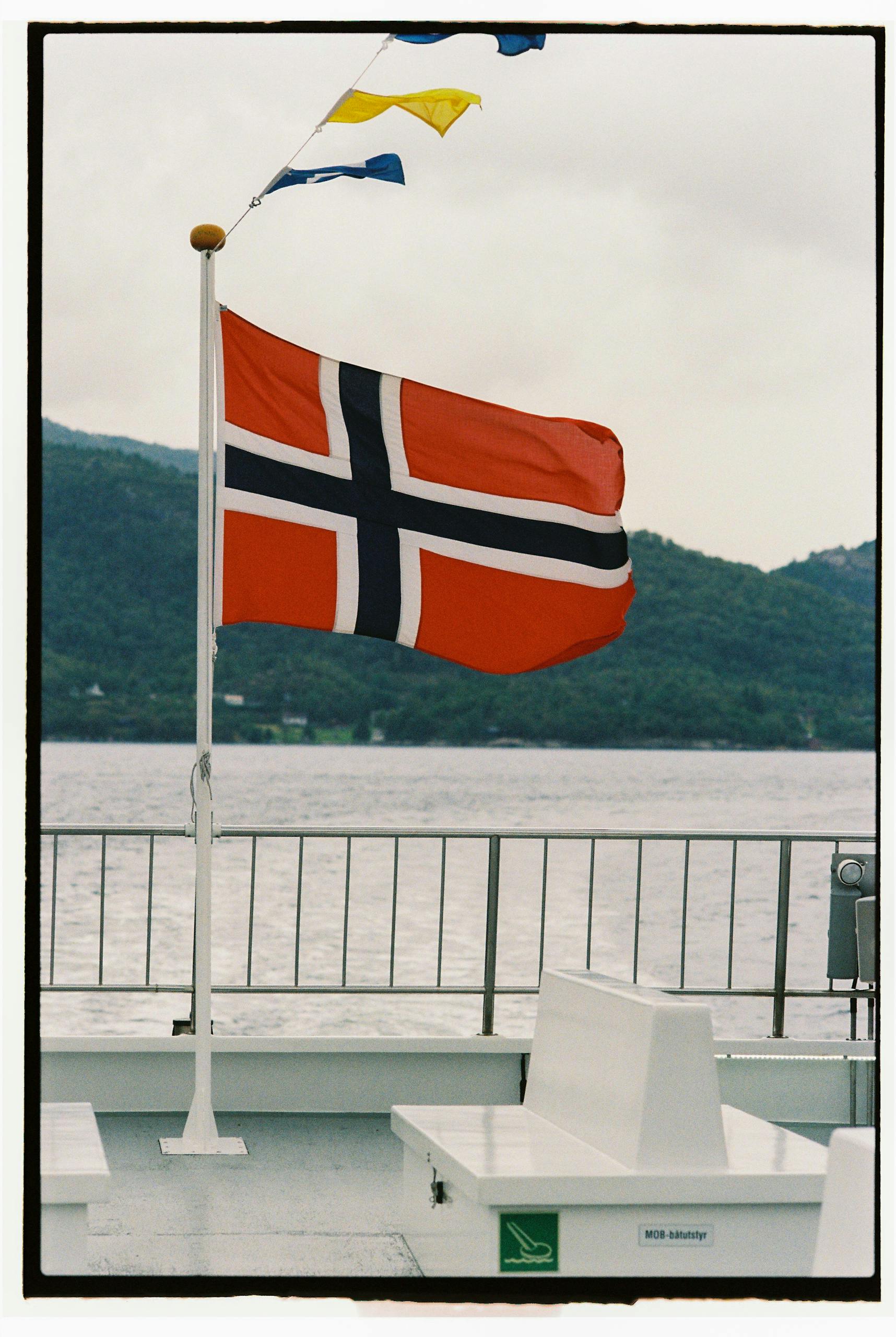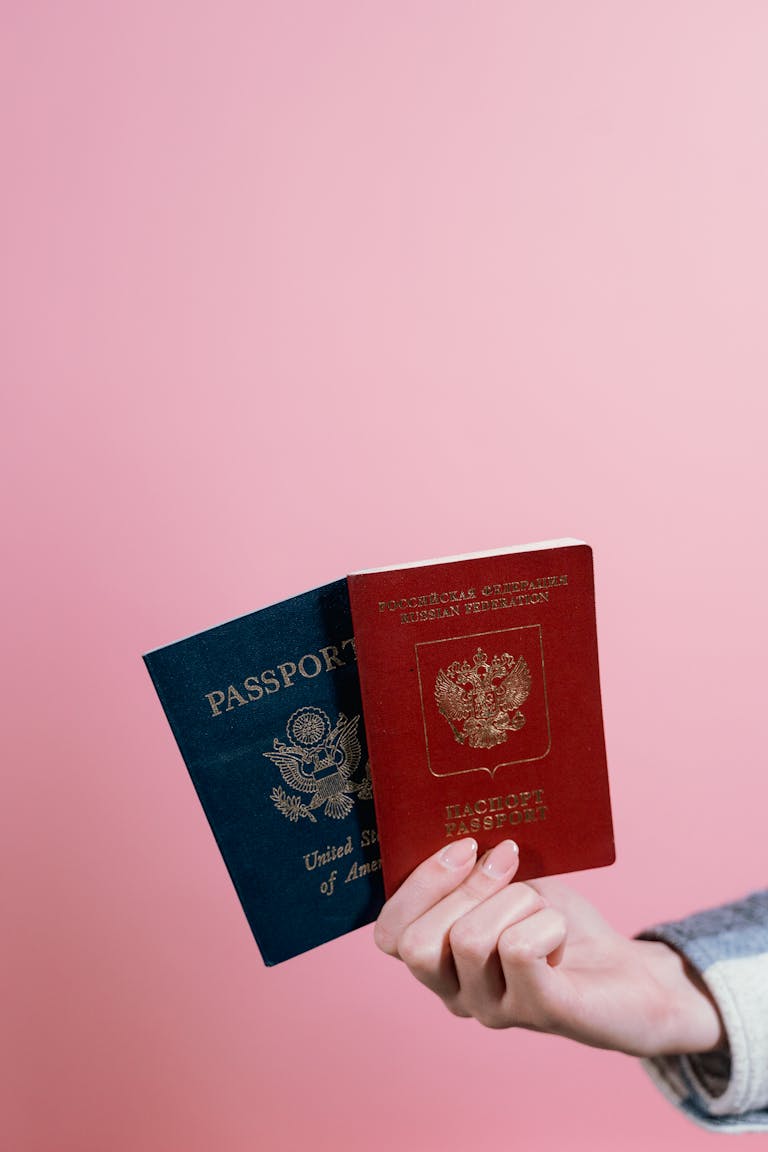The Truth About Norway Immigration In 2025/2026
Remember when Norway immigration meant free world-class education in Europe? Those days are gone forever.
After guiding hundreds of Nigerian families through successful relocations, I’m witnessing the biggest shift in European immigration strategy in decades. What worked for your older siblings won’t work for you, and outdated advice could cost you tens of thousands of dollars.
Let me break down exactly what happened and what it means for your European dreams.
The End of an Era: Why Norway Immigration Changed Everything
In 2023, Norway quietly ended its tuition-free policy for non-EU students. By 2025, every major Norwegian university now charges international fees – and they’re not cheap.
The brutal reality: Norwegian universities now cost more than many Canadian programs, but with fewer post-graduation benefits.
This isn’t temporary. It’s the new permanent landscape of Norway immigration.

University of Oslo: The Numbers Don’t Lie
Application Opens: October 2025
The flagship Norwegian university now charges Nigerian students between 140,000 to 285,000 NOK annually – that’s roughly $13,000 to $26,500 per year just for tuition.
Here’s what makes it worse: Oslo uses a credit-based system, so your total costs depend entirely on your course load. A heavy semester could push you toward the higher end of that range.
The kicker? Joint European degrees might cost even more – you have to contact each program coordinator individually to find out.
University of Bergen: No Sugar-Coating
Application Opens: November 2025
Bergen charges a flat 190,000 NOK per year (about $17,500) and they’re brutally honest about one thing: they offer zero scholarships to cover tuition fees.
Their website explicitly tells international students to fund their education through:
- Student loans from home countries
- Personal savings
- Family support
- External scholarships (good luck with those)
At least they’re transparent about leaving you to figure out the money yourself.
NTNU: Engineering Dreams at a Premium
Application Opens: November 2025
Link: https://www.ntnu.edu/studies/tuition-fee
Norwegian University of Science and Technology charges 170,500 NOK annually for programs like business and humanities. That’s roughly $15,000-16,000 per year.
For a country that built its reputation on accessible education, these fees feel like a betrayal of everything Norway immigration once represented.
Reality check: NTNU offers no automatic scholarships either. You’re paying international rates for what Norwegians get heavily subsidized.
BI Norwegian Business School: The 30% Penalty
Here’s where Norway immigration gets truly expensive. BI charges regular tuition PLUS an additional 30% penalty for non-EU students.
Why the penalty? The Norwegian government withdrew funding for international students, so schools are passing the costs directly to you.
The only escape routes:
- Permanent Norwegian residency (nearly impossible to get)
- 24 months of full-time work with Norwegian taxes paid
- Asylum or humanitarian status
Notice how all these exemptions require you to already be living in Norway? That’s not an accident.
Nord University: The 14-Day Trap
Nord University charges tuition for all non-EU students admitted after 2023, but here’s the cruel twist: they offer exemptions with a catch.
You have exactly 14 days after receiving your admission offer to apply for an exemption. Miss that window, and you’re stuck with full international fees.
Translation: They’re setting up most international students to fail and pay full price.
The New Norway Immigration Math
Let’s be honest about what Norway immigration actually costs now:
Annual Investment:
- University of Oslo: $28,000-44,500 total
- University of Bergen: $32,500-35,500 total
- NTNU: $30,000-34,000 total
- Living costs alone: $15,000-18,000 annually
Add up tuition and living expenses, and you’re looking at $120,000-150,000 for a complete degree program.
For that same money, you could study in Germany (often tuition-free), get an MBA in Malta with EU residency options, or pursue Canadian education with a three-year work permit afterward.
When Norway Immigration Still Makes Sense
Despite the costs, Norway immigration isn’t completely dead. It works for specific situations:
Scenario 1: You’re in specialized fields If you’re studying maritime engineering, renewable energy, or Arctic research, Norway’s expertise might justify the investment.
Scenario 2: You have Norwegian connections Family members, professional networks, or existing relationships can provide support systems that reduce overall risk.
Scenario 3: You’re planning the long game For families committed to eventual Norwegian residency and European citizenship, the investment might pay off over decades.
Scenario 4: You have serious money If $150,000 won’t impact your family’s financial security, Norway immigration offers excellent quality of life returns.
The Hidden Norway Immigration Strategy
Here’s something most people miss: the work-first approach to Norway immigration.
Instead of going straight to university, secure employment in Norway first. After 24 months of full-time work and tax payments, you can apply for tuition exemptions.
The pathway:
- Target Norwegian employers in your field
- Secure work permit and employment
- Build 24-month work history
- Apply for university with exemption status
- Study while maintaining career development
This approach turns Norway immigration into career building rather than pure education investment.
Norway Immigration vs. Smart Alternatives
Germany: Still offers tuition-free education at public universities, with living costs around $11,000-16,000 annually. Total investment for German education: often under $50,000.
Malta: Charges €6,000-9,500 tuition with clear EU residency pathways. Total investment: $17,000-26,000 annually with better post-graduation options.
Canada: Similar costs to Norway but offers three-year work permits after graduation, making the investment far more likely to pay off.
The honest truth? Norway immigration now offers some of the worst value propositions in European education.
Critical Norway Immigration Mistakes to Avoid
Mistake 1: Expecting the old tuition-free reality. That Norway is gone forever.
Mistake 2: Underestimating total costs. Budget for $35,000-45,000 annually, not just tuition.
Mistake 3: Ignoring better alternatives. Germany, Malta, and even Canada often provide better returns on investment.
Mistake 4: Poor exemption timing. Missing the 14-day Nord University window or similar deadlines costs thousands.
Should You Pursue Norway Immigration in 2025?
Green lights:
- You have $40,000+ annual funding without family financial stress
- Your field directly benefits from Norwegian expertise
- You’re committed to long-term European residency
- You have Norwegian connections or language skills
Red lights:
- You’re expecting affordable European education
- Your funding is tight or requires significant family sacrifice
- You’re focused on generic business or humanities programs
- You haven’t thoroughly compared alternatives
The Verdict on Norway Immigration
Norway immigration in 2025 requires the same financial commitment as premium destinations but offers fewer post-graduation benefits than countries like Canada or Germany.
For most Nigerian students, Norway immigration now represents poor strategic value compared to alternatives that cost less and provide better pathways to residency and career advancement.
The new reality: Norway immigration works for wealthy families with specific goals, not for middle-class students seeking affordable European education.
If you’re set on European education, consider Germany for affordability, Malta for EU access, or Canada for post-graduation opportunities. All three provide better returns on your immigration investment than modern Norway.






